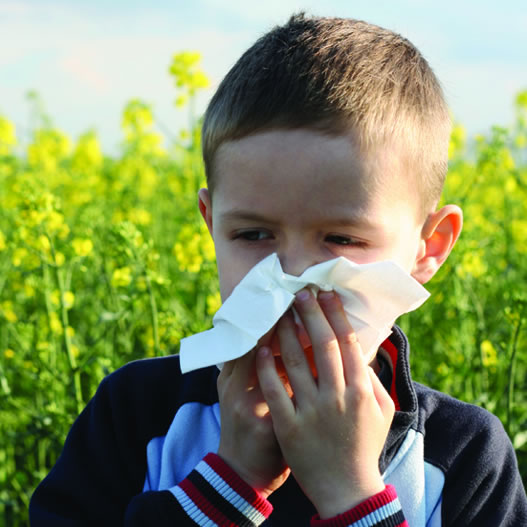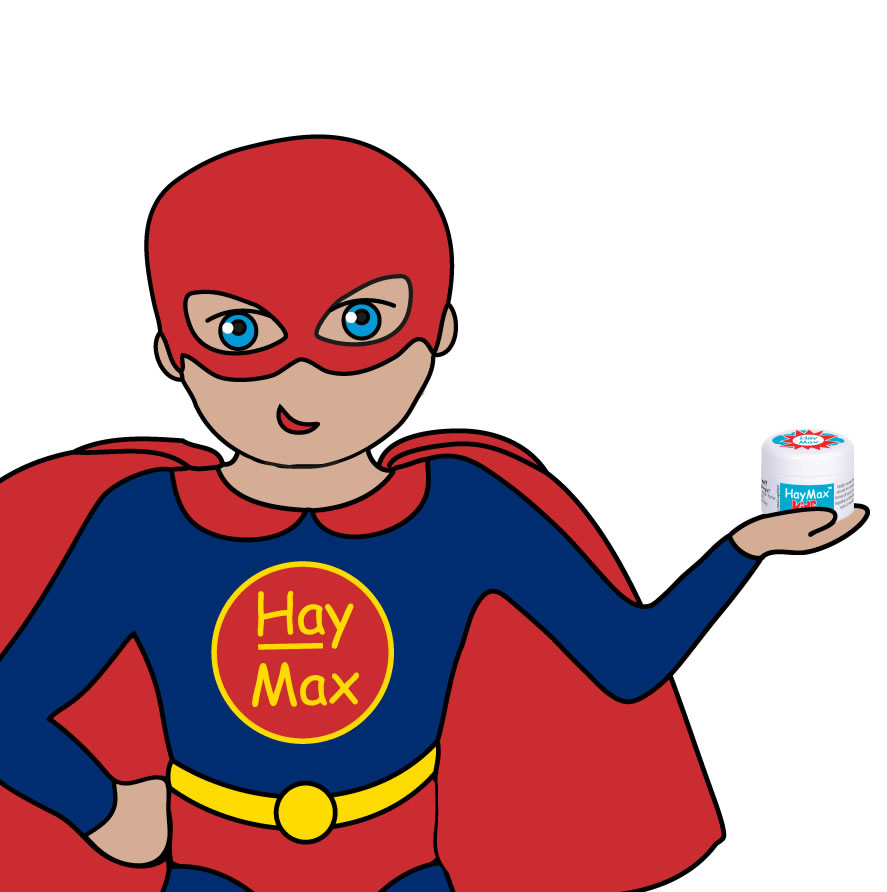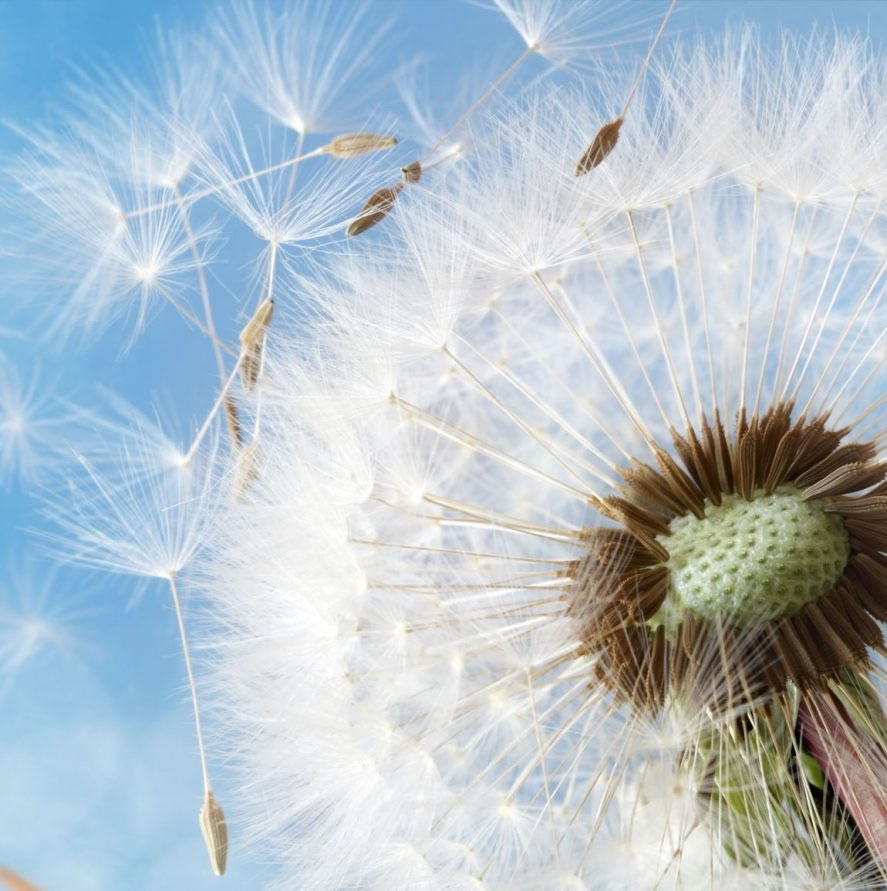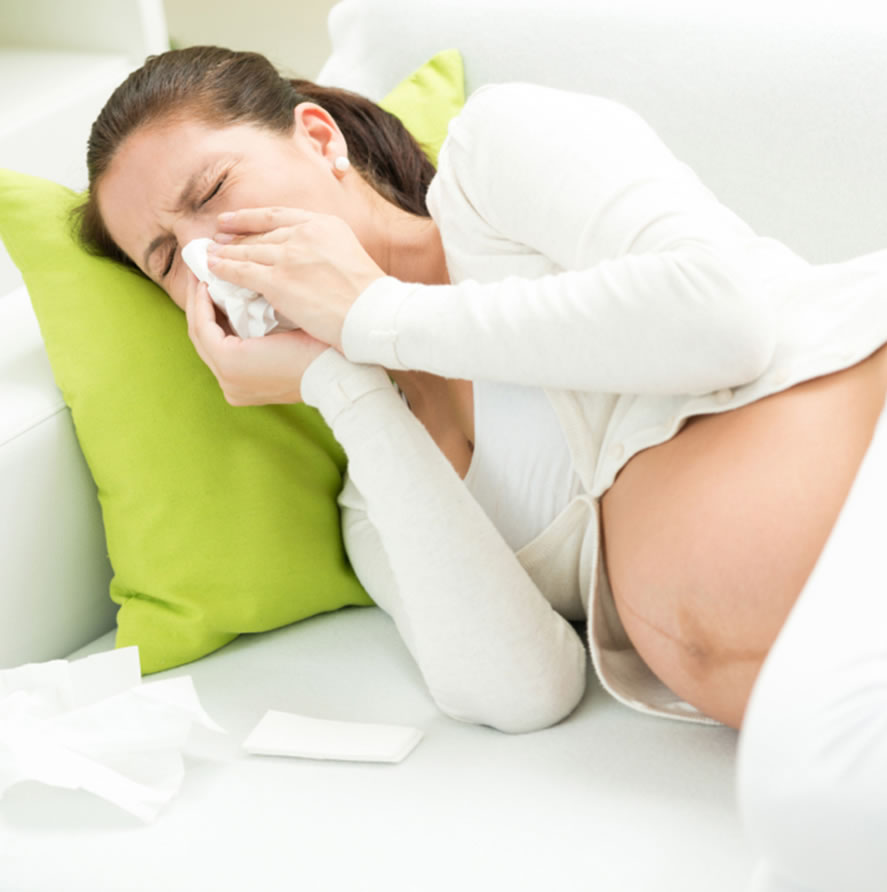
Children & Allergies
If the author of this page had been able to use a pollen barrier (or ‘blocker’) such as HayMax when she was a child, life might have been very different. Sadly, no such thing existed then, so she was stuck with taking one anti-histamine after another, trying to find one that alleviated her hay fever symptoms – itchy eyes, runny nose, sneezing and general exhaustion – without making her drowsy.
Much has changed since then, some of it – including the range and effectiveness of treatments available – very much for the better. But not all: both the proportion of people in the general population suffering from allergies, and the proportion of sufferers who are children, have increased:
Allergy UK says the latest evidence suggests up to 30-35% of people worldwide suffer from allergies at some point in their lives. In the UK, it is estimated that up to 50% of children are diagnosed with an allergic condition.
Of course, whatever the allergy, be it hay fever, allergic rhinitis or asthma, dust, mould or pet allergy, the misery it brings – for the child who suffers, and the parent who suffers with the child – has not changed.
Helpful Tips
So what can parents do to help their children manage hay fever symptoms? Quite a lot, fortunately. Here are some ideas.
- Make HayMax part of the daytime and bedtime routine. Apply immediately after washing/showering first thing in the morning and before going to bed. Pop a pot in your daytime bag and leave a pot by their bed so they can re-apply as needed. In independent studies* HayMax has been shown to trap over a third of the pollen before it gets into the body: less pollen, less reaction.
- Take your child to the GP, to get a proper diagnosis.
- If the symptoms occur only in high summer on hot, sunny days, it’s almost certainly hay fever. But it could be any of a number of other allergies and treatment might differ in each case – although there is evidence to show that organic pollen blocker HayMax applied to the base of their nostrils (where the air comes in) should work for all airborne allergens.
- Change children’s clothes daily and after they’ve been playing outside.
- Wash children’s face and hair after periods spent outdoors. Pollen sticks to clothing, skin and hair so symptoms can continue even when indoors. Washing or showering will remove any pollen remaining on skin and hair.
- Encourage them to wear wraparound sunglasses.
This creates a protective layer between their eyes and the pollen-laden atmosphere, and can reduce symptoms considerably. It also relaxes their eyes, which relaxes them. - Wash children’s bedding frequently.
Pollen grains come indoors borne on the air and stick to bedding, so frequent washing, covering the bed with a sheet which is carefully folded & stored away from the bed during the night, before they get into bed, and turning pillows just before they get in, can all help reduce symptoms. - Limit their exposure to pollen during peak periods.
Pollen is released early in the morning and travels upwards as the air warms up. In the evening, as the air cools, it moves back down again. Symptoms are usually worst during the early morning and evening, when the pollen grains reach nose height, so try to keep children indoors at these times. - Ensure they keep their HayMax with them to reapply as necessary. Most schools are also OK with kids taking a pot in with them, as it is drug-free.
As with many other things, prevention is better than cure!
Visit the HayMax Kids page for lots of fun hay fever facts
Visit the NHS website for lots of useful information on how to recognise hay fever in children, how to distinguish it from other allergies, and how to help your child or children cope with the symptoms.
*Independent studies at the National Pollen & Aerobiology Research Unit at the University of Worcester. Read HayMax studies here.

Children’s Testimonials

I had a pot and I gave a pot to my grandson. I had a nasty chest infection this year and had to stop taking my hayfever pill and I was really worried I’d have a terrible time. But HayMax has worked really well and kept it at bay. It’s really helped my grandson, too. And it’s lasted us both a whole year!
~Anne Smith
I got it for my 10 year old son last year. He was taking Piriton, nasal sprays, aye drops and was getting nose bleeds at all times of day or night. My friend had tried some HayMax, gave me a pot and said it might help. So I tried it on him and stopped the medicine over a period of a couple of days. He then managed the whole of last summer with just one pot of HayMax! That’s why I’m coming back for more again this year – thanks!
~Caroline Bays
HayMax helps the children’s hayfever. Although it does not cure it completely, it eases the sneezing and running eyes and is organic so they can use it as much as they like. We are now on our second order.
~Lucy Johnson
My 8yr old Daughter always gets puffy eyes at school in the summer especially when on the school field, she now takes a small tub of lavender Haymax to school and puts some under her nose and under eyes before entering school, and it does seem to work well. we tried the assorted pack last year but the lavender one seems to work best.
~Mr P Tripcony

HayMax Kids!

Who Can Use HayMax?

Hay Fever









